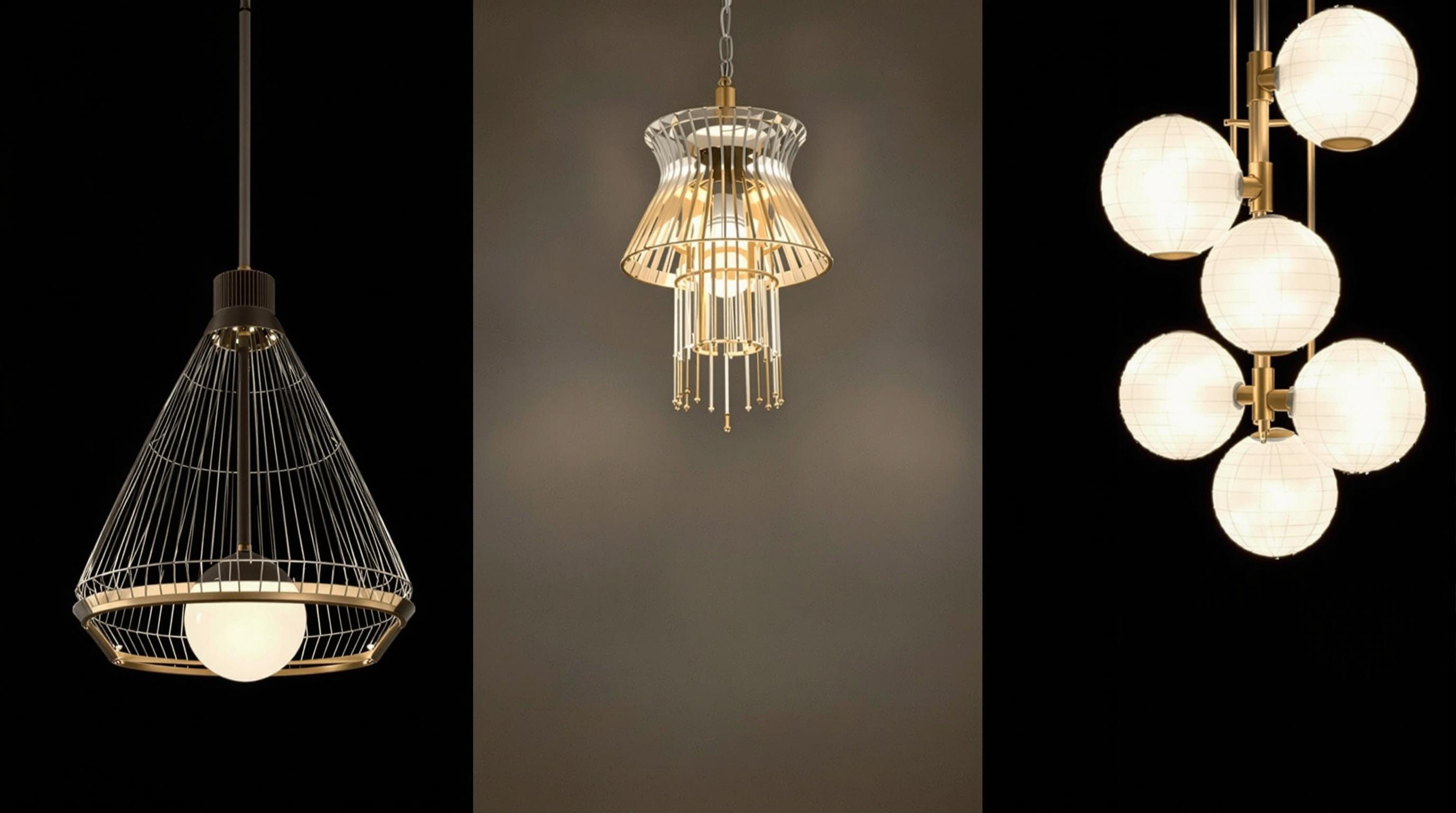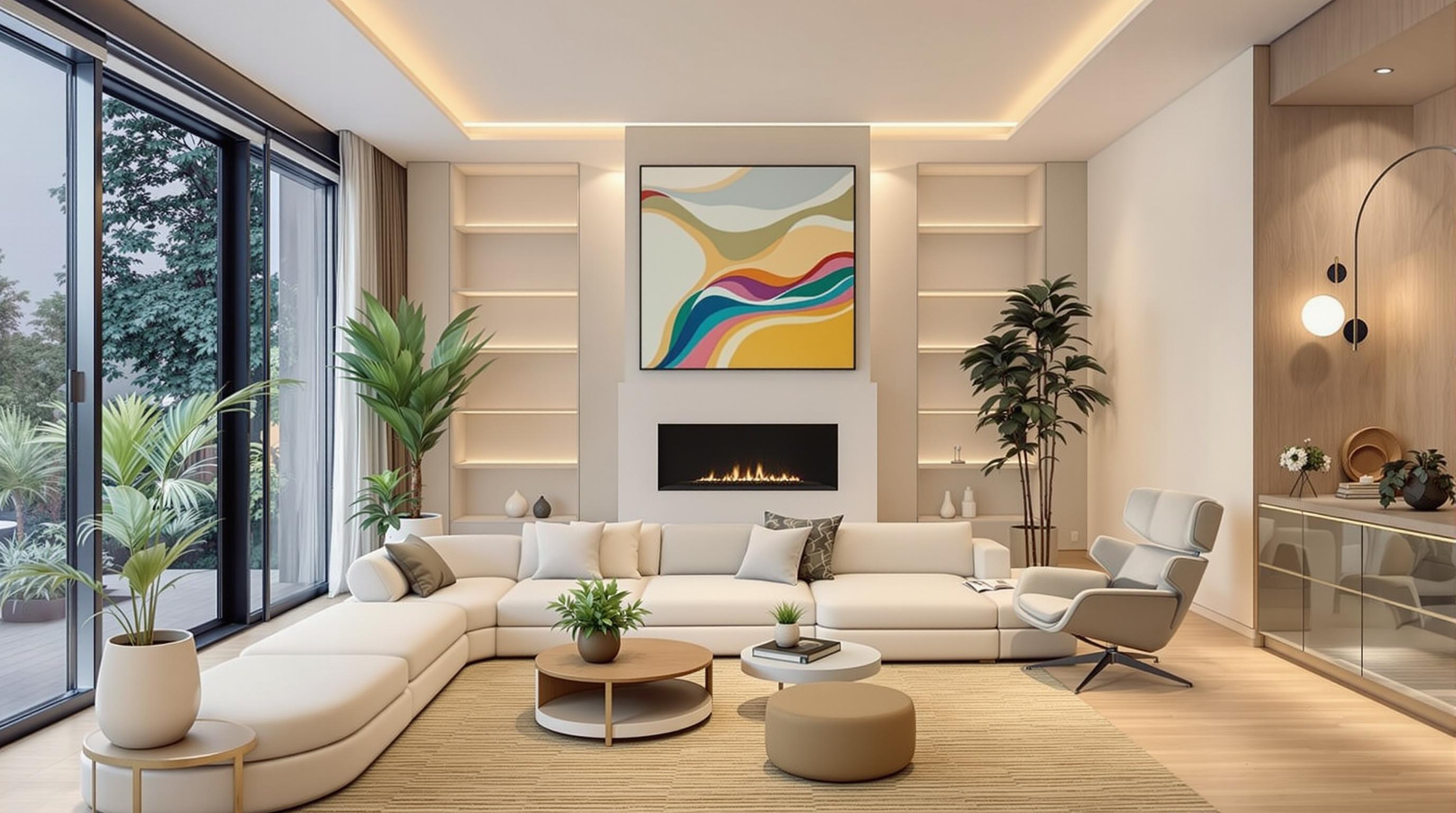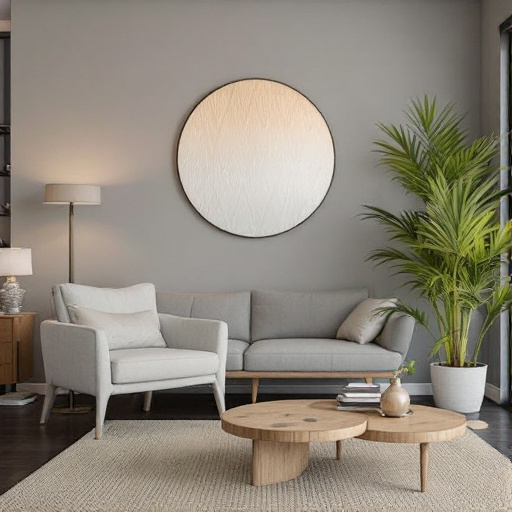Featured Articles
- 8 Innovative Home Decor Trends Shaping Sustainable Luxury Living in 2024
- "Beyond Minimalism: Embracing the Chaos With Maximalist Decor in Modern Homes"
- "Feng Shui Meets Minimalism: The Surprising Blend That's Transforming Modern Home Spaces"
- Forgotten Corners: How Nooks and Crannies Are Revolutionizing Modern Home Decor Trends
- Reviving the Past: How Vintage Office Decor is Making a Comeback in Modern Homes
"Beyond Minimalism: Embracing the Chaos With Maximalist Decor in Modern Homes"
"Beyond Minimalism: Embracing the Chaos With Maximalist Decor in Modern Homes"
In a world where minimalism has dominated design trends, a bold rebellion is emerging through maximalist décor, where chaos meets creativity, inviting individuals to express themselves in all their colorful vigor. This article delves into the philosophy of maximalism, its history, practical applications, and the trend’s resurgence in modern homes.
Understanding Maximalism: More Than Just Stuff
Maximalism is often misunderstood as simply “more is better.” However, it's a lifestyle and aesthetic choice that celebrates the boldness of individuality. This design movement is characterized by layers of textures, colors, and motifs, which together tell a story about the inhabitants of a space. As the design philosopher Alain de Botton stated, “The home should reflect one's personality, likes, and history.”
A Renaissance of the Unconventional
Once relegated to the realms of history and longstanding traditions, maximalism is experiencing a renaissance. A study conducted by the National Interior Design Association (NIDA) in 2021 revealed that 51% of respondents preferred their homes to reflect personal stories and eclectic styles rather than adhere to a singular design philosophy. This shows that maximalism is not merely a counterreaction to minimalism but a more profound way to connect with our roots and our experiences.
Storytelling Through Design
Think of your living room as a canvas — a vibrant tapestry made of a multitude of memories, artifacts, and emotions. Each item tells a story. For instance, a vintage armchair inherited from your grandmother can sit alongside a modern art piece you bought on a spontaneous trip to Morocco. In doing so, you create a narrative woven into your décor. Like in a recent exhibition titled “The Power of Excess” at the Museum of Modern Art (MoMA), the curated spaces featured an array of eclectic styles that encouraged visitors to engage with the personal history behind every decorative choice.
The Psychology of Maximalism
Embracing maximalism isn't purely an aesthetic decision; it's also psychological. According to psychology expert Dr. David Reheiser, “Our surroundings reflect our mental state. A space filled with meaningful objects can enhance our mood and provide a sense of belonging.” For many, maximalist décor serves as a refuge from the sterile, impersonal nature of minimalism. In a world rife with uncertainty, curating a joyful, chaotic home environment can nurture emotional well-being.
Maximalism in Practice: Tips and Tricks
So, how can one successfully embrace maximalism without succumbing to clutter? Here are a few guidelines:
- Colorful Palettes: Don’t shy away from bold colors. Consider creating a feature wall or using wallpaper with intricate patterns.
- Layering Textures: Combine materials like velvet, wood, and metals. A plush rug complements a hardwood floor beautifully.
- Mixing Eras: Pair vintage finds with contemporary pieces. Contrast can create visual intrigue.
- Personal Touches: Incorporate objects that reflect your own history — from travel souvenirs to family heirlooms.
Testimonials and Case Studies
Take Laura, a 34-year-old teacher from Chicago, who transformed her small apartment with maximalist decor. “At first, my friends questioned why I had so many knick-knacks,” she recalls. “But now, my home is a reflection of my travels and experiences. Every piece has a story.” Laura has reported that her environment makes her feel more creative and inspired, transforming her space into an oasis of motivation.
Similarly, a case study conducted by the Institute of Interior Design revealed that homes decorated with multiple styles and colors received more frequent positive remarks from visitors compared to stark minimalist spaces. Nearly 85% of participants, ages 18 to 55, expressed a desire to stay longer in maximalist homes, indicating their comfort and intrigue.
The Risks of Skewing Too Far
However, maximalism is not without its challenges. It requires a discerning eye to avoid descent into chaos. In a desperate attempt to curate a unique space, one could easily allow their home to become overwhelming. As interior designer Kelly Wearstler states, “It’s important to have visual breathing room amid the vibrancy. Let each piece shine.”
Maximalism Influenced by Pop Culture
Interestingly, the resurgence of maximalism in modern décor can be attributed, in part, to pop culture. Television shows such as “Queer Eye” and “Home Edit” promote the idea of showcasing personality through design while maintaining functionality. In 2020, Pinterest reported a 180% increase in searches for “maximalist décor,” suggesting that more individuals are looking to make their spaces feel warmer and more inviting.
Embrace the Chaos, but Keep it Cohesive
Perhaps the key to successful maximalism lies in coherence amid chaos. While you’re free to mix patterns, create a balanced aesthetic. Consider establishing color themes or a unifying material that runs throughout the space to keep things visually interesting yet harmonious.
The Global Perspective on Maximalism
Maximalism isn't just a trend in the West. Globally, cultures celebrate layered designs and rich histories within their homes. In countries like India, homes are often adorned with vibrant textiles and ornate decor that tell stories of heritage and tradition. Data from 2019 for the Design for Life report illustrates that 74% of respondents in diverse cultures find meaning in layered, personalized home design.
Making Minimalism Work for You
It’s worth noting that maximalism is not a permanent solution for everyone. Some individuals may find comfort in a minimalist environment conducive to productivity and peace. Ahmad, a 25-year-old software engineer from Dubai says, “I thrive in a clean, minimal space. It allows me to focus.” This highlights that individual preference is paramount — maximalism should never feel like a chore.
The Art of Curation
Remember that maximalism is about curation rather than accumulation. A gathering of random objects may seem chaotic rather than curated. Engaging with each piece and asking yourself if it resonates on a deeper level is crucial. The late designer Zandra Rhodes put it perfectly when she said, “Every piece should have a purpose and a story.”
Humor in Chaos: Lightening the Mood
Incorporating humor into maximalism can lighten your décor. Comical art pieces or quirky figurines can serve as conversation starters. Imagine walking into a friend’s home and seeing a giant inflatable cactus lounging beside a vintage bar cart. It sparks joy and prompts laughter, which is a valuable element in any space!
Final Thoughts: Defining Your Own Aesthetic
At the end of the day, whether you lean towards the minimalist or the maximalist, it’s about defining your own aesthetic. It’s an ongoing journey of self-expression. The maximalist approach can undoubtedly take you beyond mere decoration into realms that foster stories and memories. Both young and old can benefit from understanding their preferences and embracing their chaotic inner selves or tranquil desires.
In a world that often tries to fit us into neat categories, let your home be a reflection of who you are — a vibrant tapestry of your identity, interests, and memories. So go ahead, embrace the chaos, and revel in the beauty of maximalist décor!




